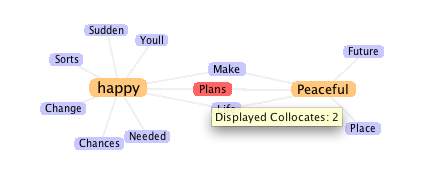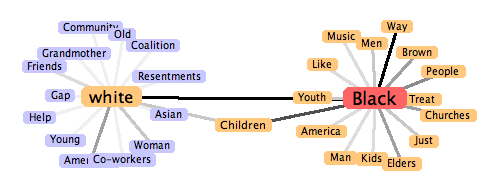I just got back from the Tools For Data-Driven Scholarship meeting organized by MITH and the Centre for New Media and History. This meeting was funded by the NEH, NSF, and the IMLS and brought together tool developers, content providers (like museums and public libraries), and funders (NEH, JISC, Mellon, NSF and IMLS.) The goal was to imagine initiative(s) that could advance humanities tool development and connect tools better with audiences. I have written a Conference Report with my notes on the meeting. One of the interesting questions asked by a funder was “What do the developers really want?” It was unclear that developers really wanted some of the proposed solutions like a directory of tools or code repository. Three things the breakout group I was in came up with was:
- Recognition, credit and rewards for tool development – mechanisms to get academic credit for tool development. This could take the form of tool review, competitions, prizes or just citation when our tool is used. In other words we want attention.
- Long-term Funding so that tool development can be maintained. A lot of tool development takes place in grants that run out before the tool can really be tested and promoted to the community. In other words we want funding to continue tool development without constantly writing grants.
- Methods, Recipes, and Training that are documented that bring together tools in the context of humanities research practices. We want others with the outreach and writing skills to weave stories about their use to help introduce tools to others. In other words we want others to do the marketing of our tools.
A bunch of us sitting around after the meeting waiting for a plane had the usual debriefing about such meetings. What do they achieve even if they don’t lead to initiatives. From my perspective these meeting are useful in unexpected ways:
- You meet unexpected people and hear about tools that you didn’t know about. The social dimension is important to meetings organized by others that bring people together from different walks. I, for example, finally met William Turkle of Digital History Hacks.
- Reports are generated that can be used to argue for support without quoting yourself. There should be a report from this meeting.
- Ideas for initiatives are generated that can get started in unexpected ways. Questions emerge that you hadn’t thought of. For example, the question of audience (both for tools and for initiatives) came up over and over.




